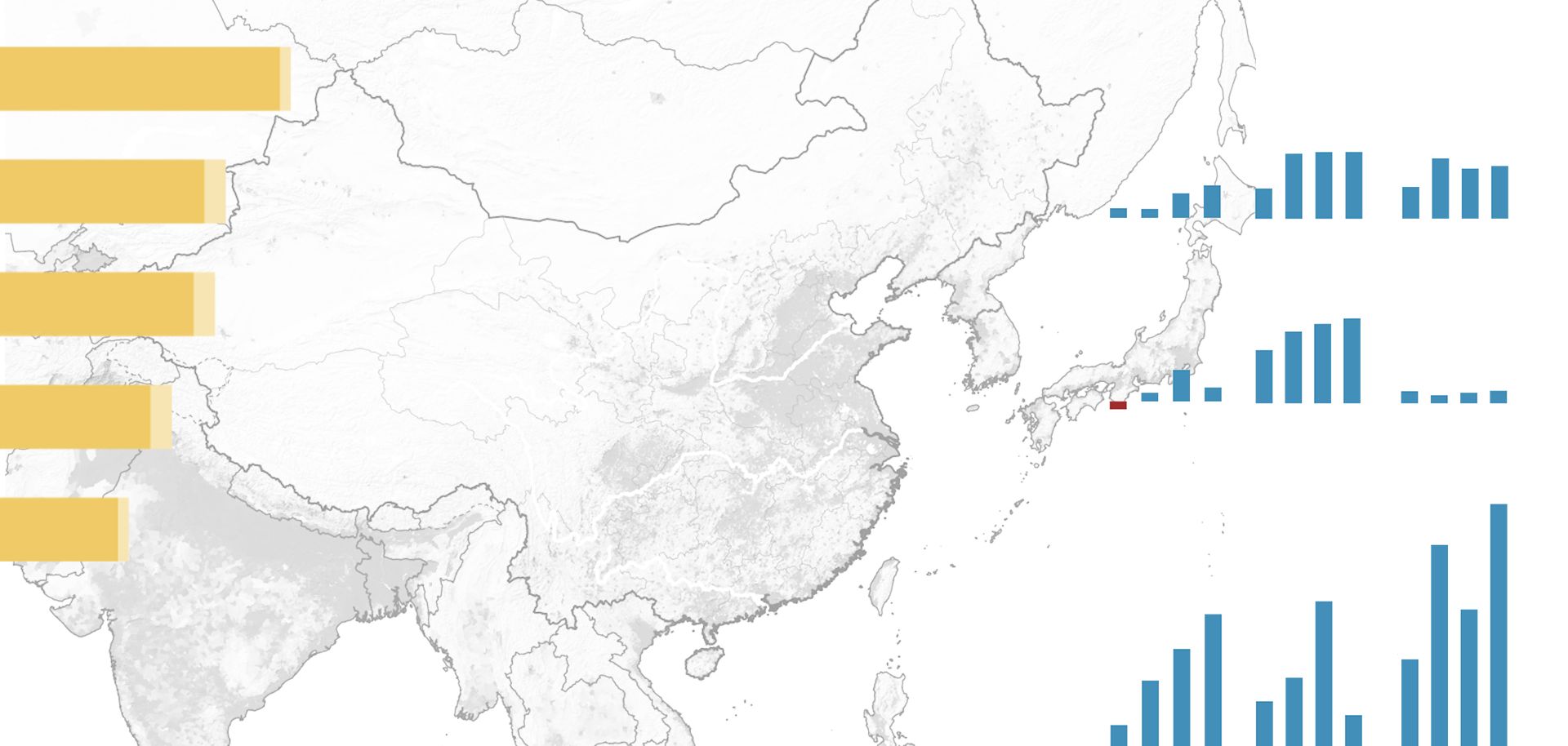
On Aug. 7, 2014, Moscow imposed a one-year ban on a range of food products from the European Union, United States, Canada, Norway and Australia. The import ban came after Western governments imposed a round of significant sanctions on Russia's economy following the downing of Malaysia Airlines Flight 17 and the intensification of fighting in eastern Ukraine. Among the products banned are everyday higher-value foods such as beef, pork, poultry and vegetables. Prior to the ban, Russia imported about a quarter of all meat consumed domestically, as well as about 70 percent of fruits. Many of these imports came from countries such as Canada, Finland, France and Poland.
The price of cabbage, a staple food in Russia, has risen by more than 60 percent since the beginning of 2015 alone. In the three-month period between January and March, the average price of potatoes rose 36 percent, while beef prices rose 10 percent. These increases come after overall food prices rose 15 percent in 2014.
In response to the ban on Western food imports, Russia’s trade with large Middle Eastern and Latin American markets has increased. Between August and December 2014, Turkish fruit and vegetable exports to Russia rose by 140,000 tons, or 25 percent, year-on-year. Throughout the year, Russia imported about 1.38 million metric tons of fresh fruit and vegetables from Turkey — more than 17 percent of its total fruit and vegetable imports. In the first three quarters of 2014, Turkey's white meat, poultry and seafood exports to Russia increased by more than 400 percent.
Simultaneously, Russian authorities took steps to lift regulatory restrictions and to encourage greater imports from Latin American markets. In 2014, Russia approved 90 Brazilian meat plants for exports to Russia. Brazil's meat exports to Russia spiked. Pork exports alone from Brazil to Russia grew by 76.8 percent year-on-year in September 2014. Nevertheless, these new exports have not been sufficient to meet Russian demand and to replace lost imports from the ban.
Without substantial investments in developing Russia's food production industry, domestic production in the near to medium term will not meet demand. Domestic food production is expected to rise in 2015, but it will not fully replace lost import volumes. Import volumes are forecast to decrease 9 percent, to 375,000 metric tons, meaning that combined domestic production and imports would not reach the 2013 domestic consumption level of 3.27 million tons.
Currently, the Kremlin fears that higher food prices — combined with a weak ruble, contracting economy and government budget cuts — will lead to mass protests. There have already been some isolated protests over economic issues. The Russian ban on food imports was designed to put some pressure on Western countries, especially in the European Union. But the Kremlin's desire to avoid social unrest is forcing Russian authorities to allow illegal re-exports, preventing a further rise in domestic food prices and reducing the effectiveness of the ban.



